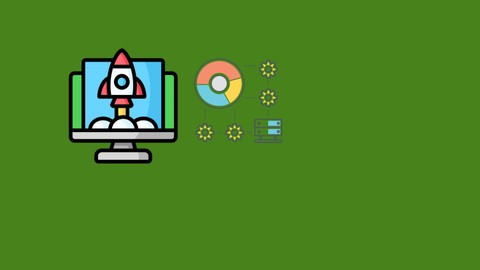Progressive Web Apps(PWA) development For beginners

What you’ll learn
-
Build progressive web apps
-
Publish app to the internet
-
Add version control to app
-
Create repository on GitHub and push your project to it
-
Make the app installable on various devices
-
Implement offline access for the app
-
Setup and configure local Server
Requirements
-
Knowledge of HTML,CSS, JavaScript advised
Description
PWAs are web apps developed using a number of specific technologies and standard patterns to allow them to take advantage of both web and native app features. For example, web apps are more discoverable than native apps; it’s a lot easier and faster to visit a website than to install an application, and you can also share web apps by sending a link.
On the other hand, native apps are better integrated with the operating system and therefore offer a more seamless experience for the users. You can install a native app so that it works offline, and users love tapping their icons to easily access their favorite apps, rather than navigating to it using a browser.
PWAs give us the ability to create web apps that can enjoy these same advantages.
It’s not a brand new concept—such ideas have been revisited many times on the web platform with various approaches in the past. Progressive Enhancement and responsive design already allow us to build mobile friendly websites.
PWAs, however, provide all this and more without losing any of the existing features that make the web great.
What makes an app a PWA?
There are some key principles a web app should try to observe to be identified as a PWA. It should be:
- Discoverable, so the contents can be found through search engines.
- Installable, so it can be available on the device’s home screen or app launcher.
- Linkable, so you can share it by sending a URL.
- Network independent, so it works offline or with a poor network connection.
- Progressively enhanced, so it’s still usable on a basic level on older browsers, but fully-functional on the latest ones.
- Re-engageable, so it’s able to send notifications whenever there’s new content available.
- Responsively designed, so it’s usable on any device with a screen and a browser—mobile phones, tablets, laptops, TVs, refrigerators, etc.
- Secure, so the connections between the user, the app, and your server are secured against any third parties trying to get access to sensitive data.
Who this course is for:
- Beginner to Progressive Web App Development






